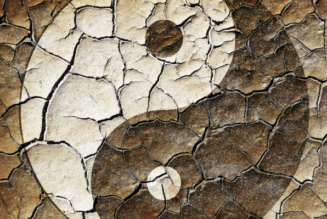Kapha = Water+Earth
1. Bodhaka Kapha:
The form of water that gives perception. It is located in the mouth and tongue as saliva and allows for the taste of food. Like Kledaka, it is also a part of the first stage of digestion and even helps to lubricate the other sensory openings within the head.
2. Kledaka Kapha:
The form of water that moistens. It is located in the stomach and is involved with gastric mucosal secretions as well as being involved with Rasa Dhatu. It is responsible for the liquefaction of food and for the first stage of digestion, absorption and assimilation of foodstuff. Taste is related to Rasa Dhatu and Bhodaka Kapha is directly connected to Rasa.
3. Avalambaka Kapha:
The form of water that gives support. It is located in the heart and lungs. It is the storehouse of Kapha (phlegm) and upon it depends the actions of the other Kaphas in the body. It is not only just the phlegm produced by the lungs, as that is an excess of Kapha generally but it also corresponds to the basic plasma of the body. Avalambaka kapha is primarily watery in constituent and is distributed by both the lung and heart actions. Another location of Avalambaka Kapha is the lower back.
4. Tarpaka Kapha:
The form of water that gives contentment. It is located in the brain, as cerebro-spinal fluid, the white matter, and in the heart. It governs emotional calmness, stability and happiness, as well as memory. Tarpanam means nourishing, including the senses. All sensory perception – auditory, tactile, optical, gustatory, and olfactory – are carried to Tarpaka Kapha by Prana Vayu. Functionally, Tarpaka is connected to the astral body, all past life memories, experiences and knowledge are stored within the matrix of Tarpaka Kapha. The practice of Yoga also increases the mental form of Kapha as contentment and bliss (Ananda).
5. Shleshaka Kapha:
The form of water that gives lubrication. It is located in the joints as synovial fluid and is responsible for holding them together.
References:
• Ayurvedic Healing, A Comprehensive Guide, David Frawley
• Secrets of the pulse, Dr. Vasant Lad



